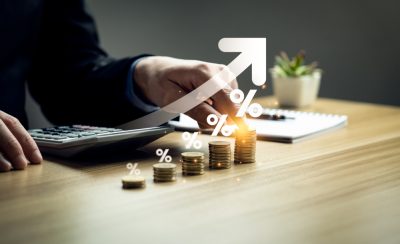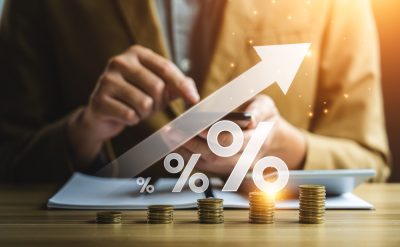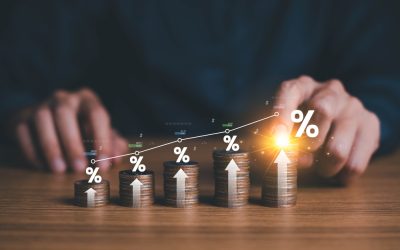McKinsey and amp; Co. analyzed the current economic situation and put forward three economic scenarios. The coronavirus pandemic has hit the economy hard, so let’s see the options from the best to worst.
1. The world responds to the virus on the similar lines of China, and we see the GDP growth for 2020 fall from roughly 2.5% to 2.0%. The world economies recover by the end of the first quarter.
2. Most companies in China are state-controlled, and according to McKinsey, the second scenario is most likely to occur. The scenario is currently happening in where governments and private entities are combining to make the workers stay home and avoid any type of public gathering. In this case, the GDP is chopped in half, falling between 1% to 1.5%. By the middle of Q2, life will become somewhat normal again.
3. The final and worst scenario is the case when pandemic and economic recession both kick in. Coronavirus isn’t seasonal, pushing the problem in Q3, which means economic recovery doesn’t kick in until Q4, and the global economy falls between 1.5 to 0.5%.
All the above scenarios are set to encourage leaders to prepare better to manage the economic stress they might find in 2020 and hardships that they might need to manage for all their employees. To reduce the impact of recession, companies will have to figure out to operate efficiently as they did in 2007/2008 when open source became more appealing.
Open source provides innovations at the end, where it really matters and less costly can be a good factor. Matt Asay, working with AWS cloud, said in a statement that the impact of the 2008 economic recession on open-source companies merely lasted for 90 days, and the companies were back to hiring and, in fact, acquiring other companies. Open source breeds communities that, in turn, add value to software and make the innovation group effort.






































































